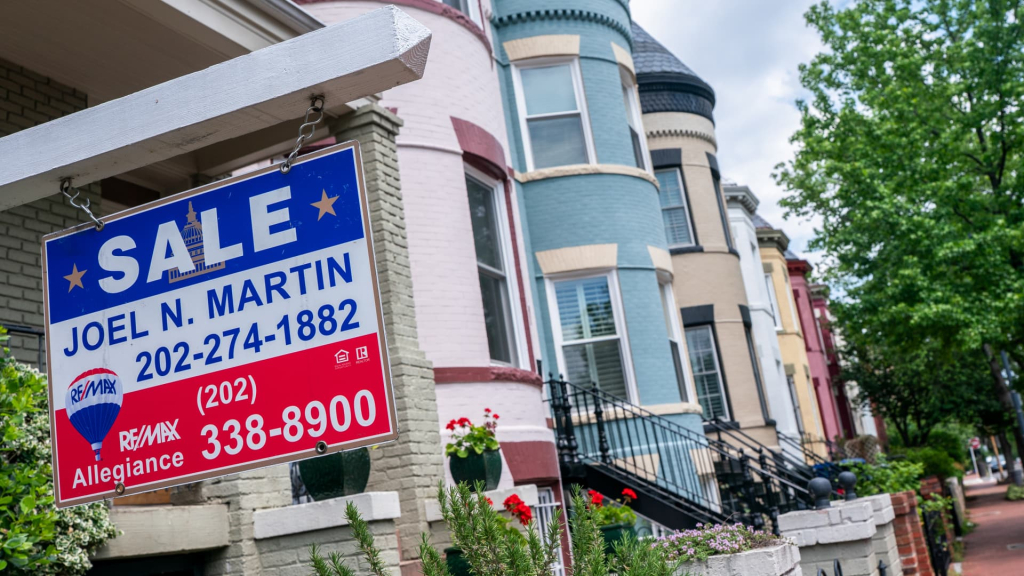The spring housing market remains in a challenging position as high interest rates and declining consumer confidence continue to exert pressure on sales.
In April, the number of previously owned homes sold dropped by 0.5% from March, reaching a seasonally adjusted annualized rate of 4 million units, as reported by the National Association of Realtors. This marks the lowest April sales figure since 2009.
Compared to April of the previous year, sales were down by 2%. Housing market analysts had projected a modest increase of 2.7% for the month.
The reported sales figures reflect transaction closings, which indicate that contracts were likely signed in February and March, prior to the rise in mortgage rates observed in April.
According to Lawrence Yun, chief economist at NAR, “Home sales have remained at 75% of normal or pre-pandemic activity for the last three years, despite the addition of seven million jobs to the economy. There is a growing, yet unrealized, pent-up housing demand. Any significant reduction in mortgage rates will facilitate the release of this demand.”
Inventory levels saw a 9% increase month-over-month and were nearly 21% higher compared to April of the previous year, totaling 1.45 million homes for sale by the end of April. This quantity represents a 4.4-month supply at the current sales pace, the highest inventory level in five years, although still below the six-month supply threshold that indicates a balanced market. In contrast, the supply a year ago was recorded at 3.5 months.
The increase in supply has started to temper home prices. The median price for an existing home in April was $414,000, reflecting a year-over-year rise of only 1.8%. While this is the highest April price on record, it represents the slowest growth since July 2023, with last year’s annual price increases being substantially higher. Both the Southern and Western regions experienced declines in home prices.
On average, homes remained on the market for 29 days, a quicker pace than March but longer than the same period last year. First-time homebuyers constituted 34% of sales, nearly matching the rate of the previous year.
Cancellation rates, which track how many contracts are terminated, have also escalated, reaching 7% of sales in April—up from a recent norm of 3% to 4%.
Despite the overall slowdown, the luxury segment of the market remains more robust. Sales of homes priced over $1 million increased by nearly 6% year-on-year, whereas residences priced between $100,000 and $250,000 saw a decline of just over 4%. However, Yun indicated that the growth in the high-end market is beginning to wane.
“This trend may be, in part, a consequence of the recent fluctuations in the stock market,” he commented.


























